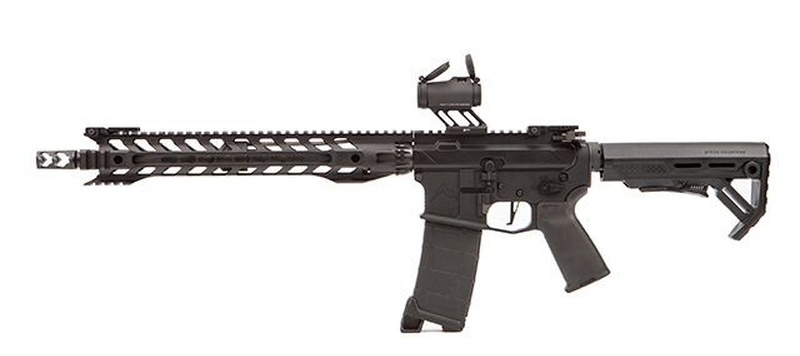

But basically, Aluminum and Polymer are the two prominent forend construction materials. There are also polymer forends that have a steel or aluminum framework. Polymer handguards usually employ a heat sheild made of steel or aluminum that separates the polymer forend from the barrel. However, it can also emit more heat than a polymer guard after an extended shooting session. While both are quite durable, aluminum is usually going to be stronger. The two main materials used for handguards are aluminum and polymer. Take some time and browse through this handy list to get an idea of which type of handguard will best suit your AR-15 build.

In addition, accessories can be installed onto handguards to aid your shooting, such as angled back up iron sights, lights, lasers, and various forward grips. The main function of a handguard is to protect the shooter’s hand from the heat of the barrel while operating the firearm.


 0 kommentar(er)
0 kommentar(er)
